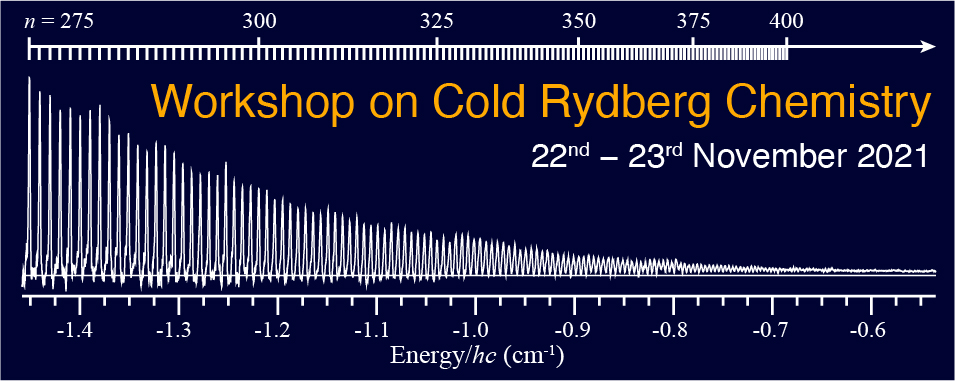Speaker
Description
The rich internal structure and intrinsic dipolar interactions possessed by polar molecules makes them a promising system for exploring quantum chemistry, quantum computation and quantum simulation. However, to fully realise their potential in these areas, single-site control and detection of molecules is desirable. Such control is natively realised using optical tweezer arrays to confine the molecules, which enables trapping and rearrangement of the particles to create arrays in flexible geometries.
In our experiment [1], we aim to produce single RbCs molecules in optical tweezers. The molecules will be formed by magnetoassociation of Rb and Cs atoms prepared in the motional ground state of the tweezer traps [2]. I will present recent results demonstrating cooling of Rb and Cs atoms using Raman sideband cooling, where we obtain 3D ground state fractions of 0.86(5) and 0.94(2) respectively. By utilising excess Rb atoms prepared in the motional ground state and exciting them to Rydberg states we aim to realise a hybrid system which combines arrays of ultracold molecules and Rydberg atoms. I will discuss our progress towards this goal and describe how we plan to use this hybrid system to photoassociate giant polyatomic Rydberg molecules [3,4] and test schemes for quantum non-demolition readout of the diatomic molecule's quantum state [5].
[1] R. V. Brooks et al., New Journal of Physics 23, 065002 (2021).
[2]J. T. Zhang et al., Phys. Rev. Lett. 124, (2020).
[3] S. T. Rittenhouse and H. R. Sadeghpour, Phys. Rev. Lett. 104, 243002 (2010).
[4] R. Gonzalez-Ferez et al., Journal of Physics B: Atomic, Molecular and Optical Physics 53, 074002 (2020).
[5] E. Kuznetsova et al., Phys. Rev. A 94, 032325 (2016).

